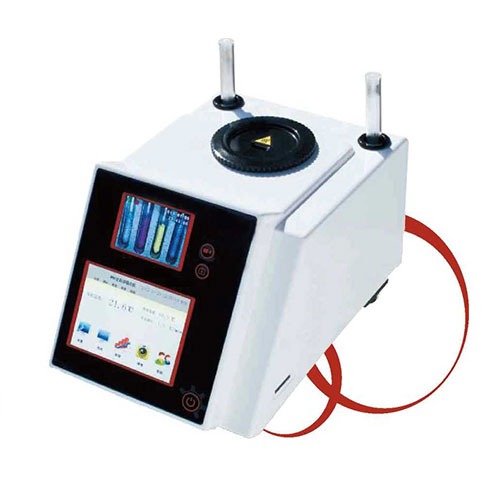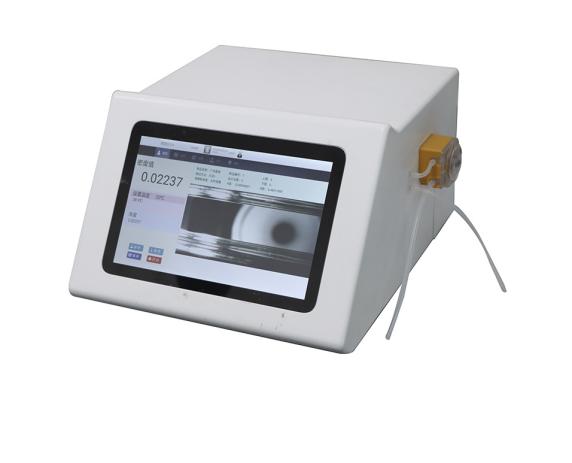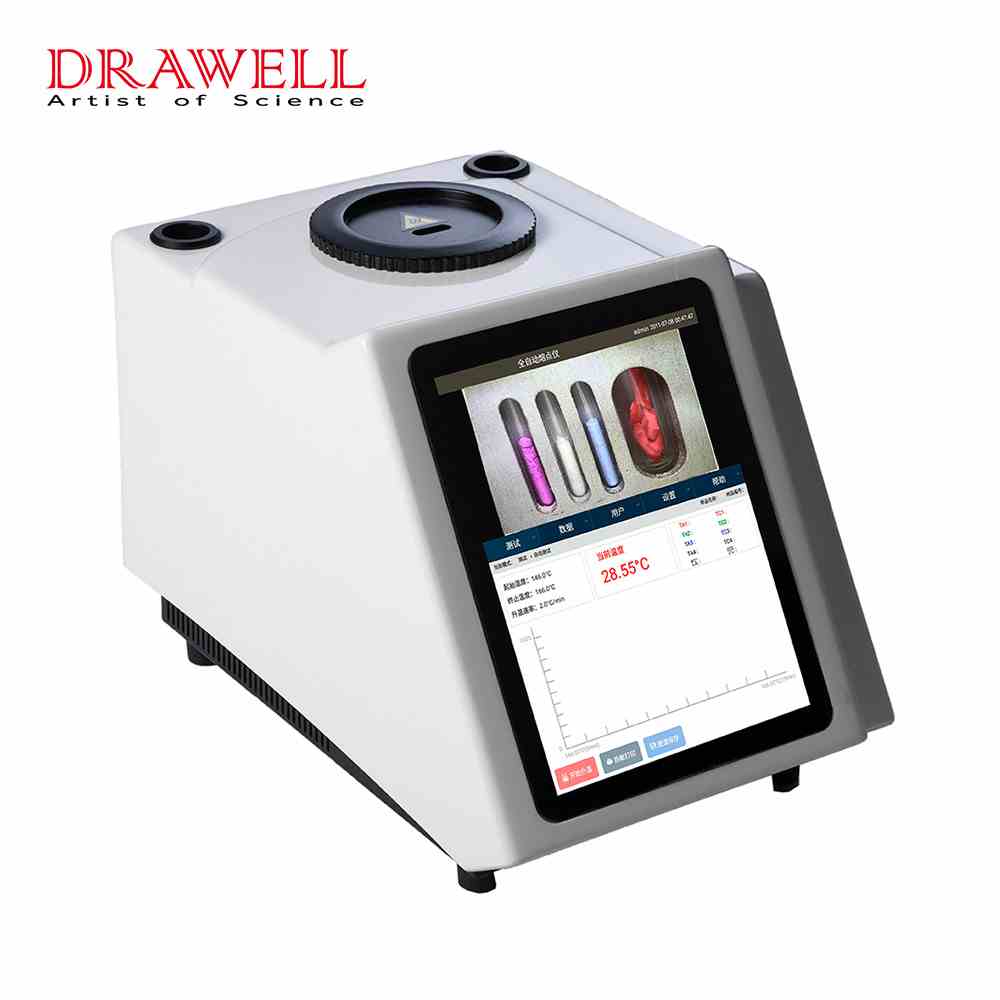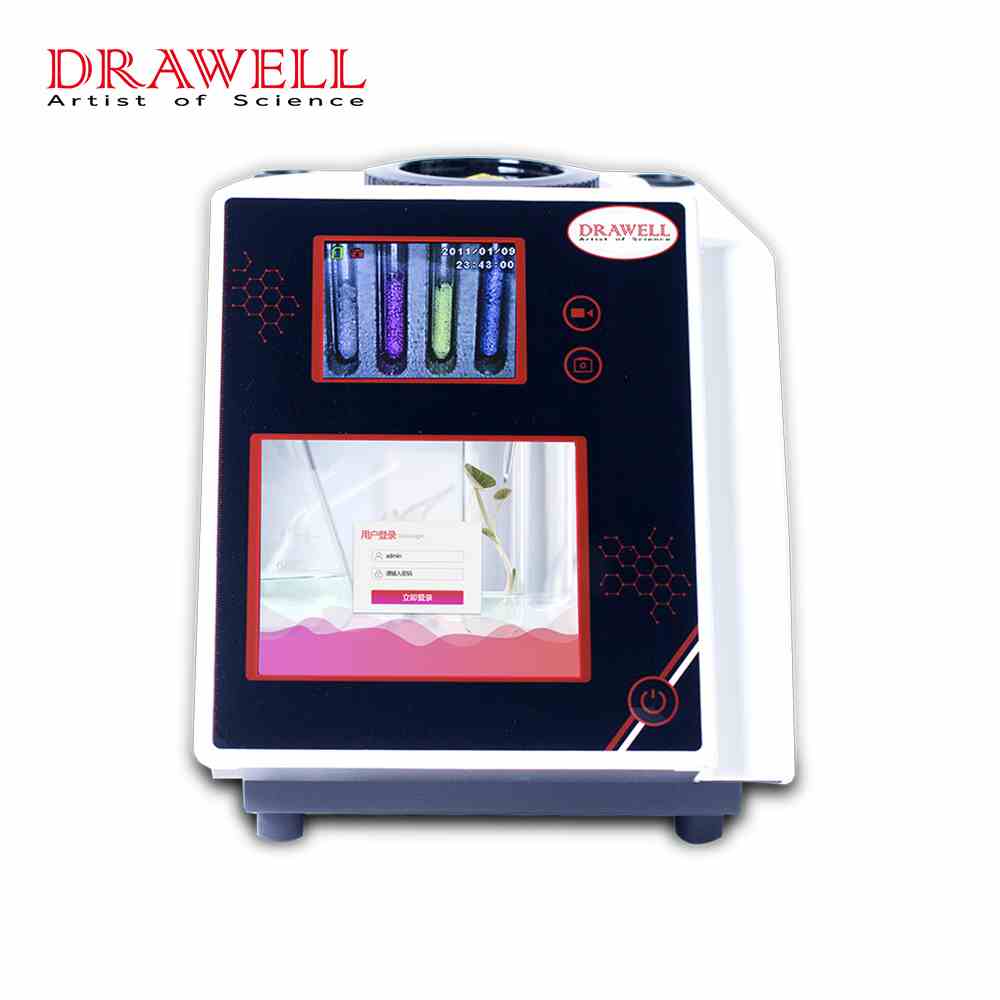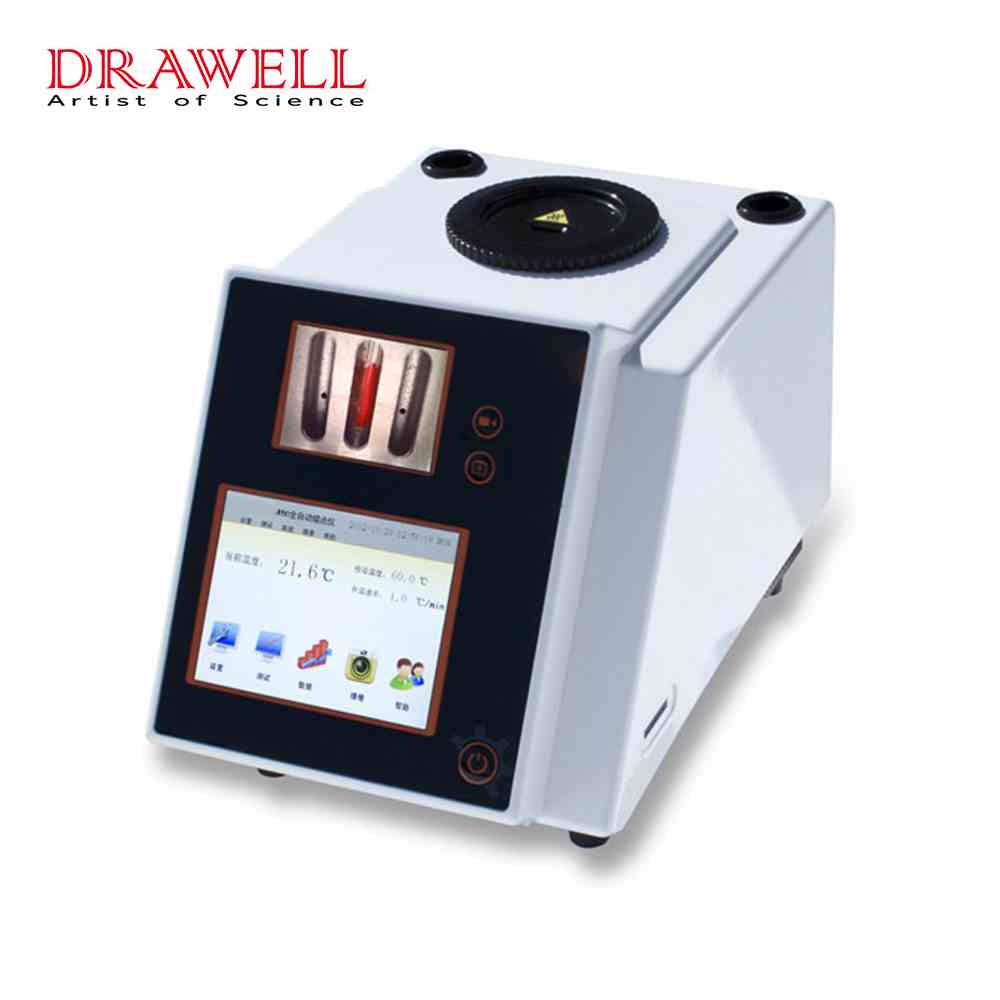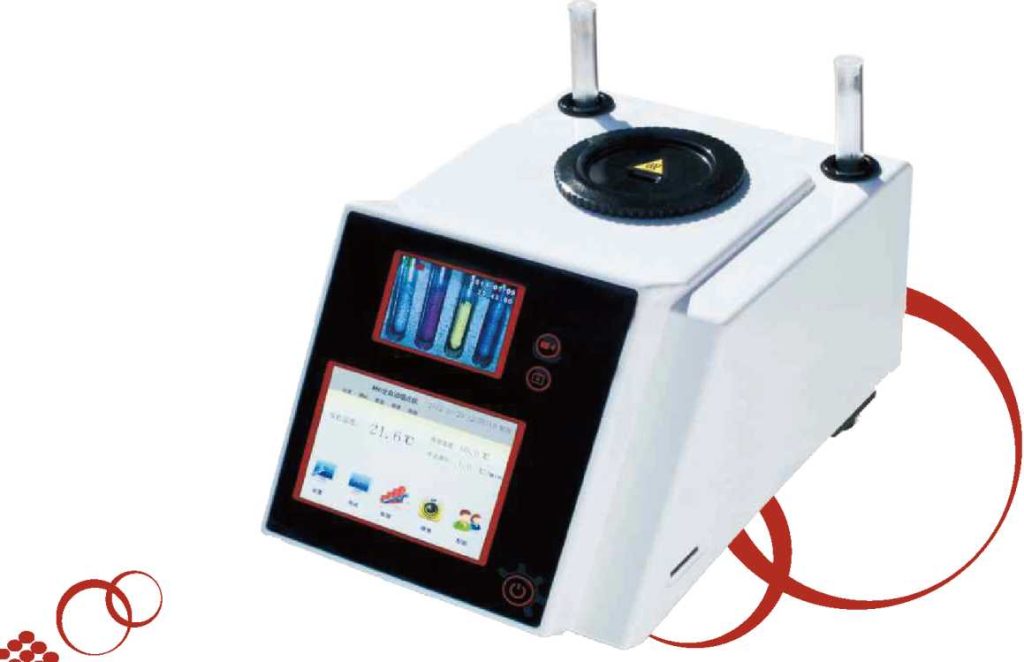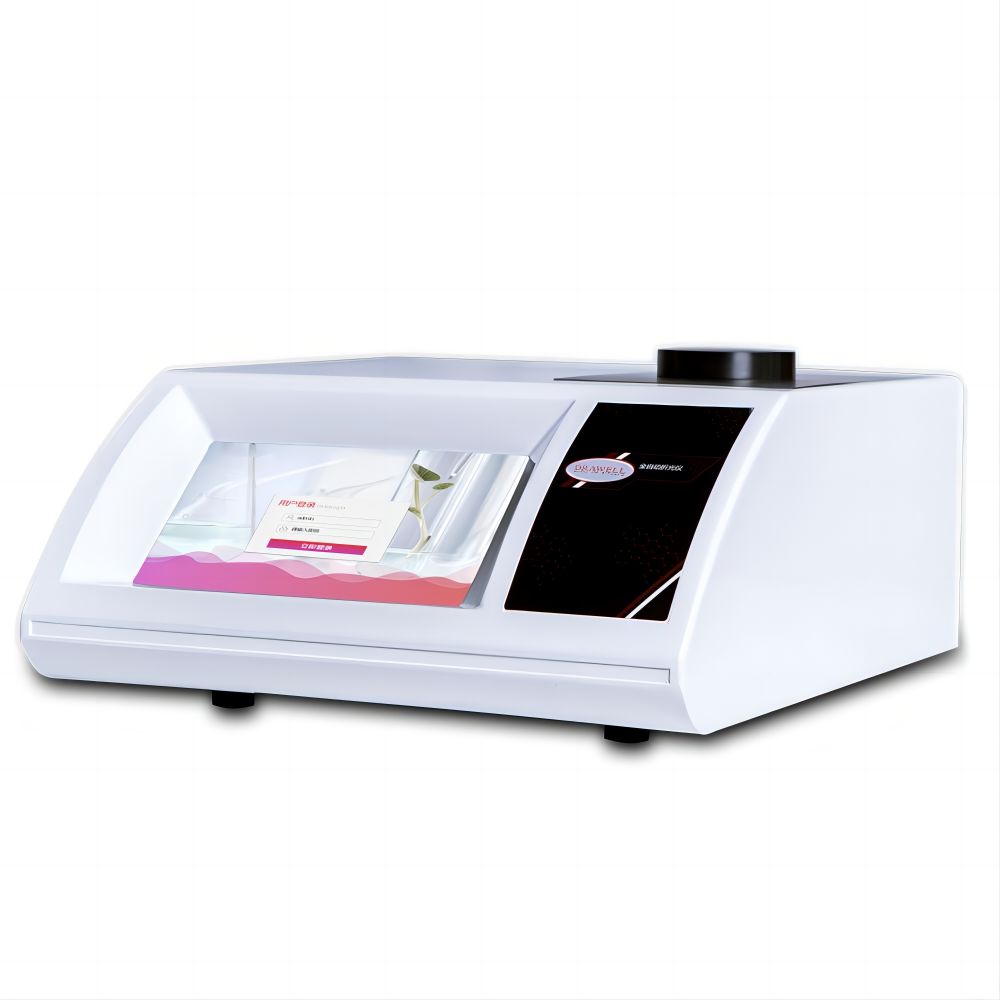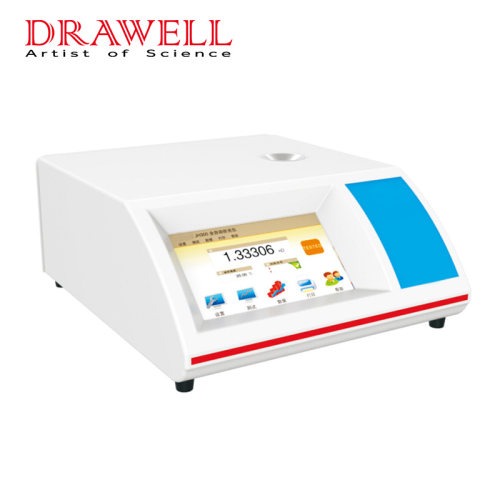The Refractive index is a simple and accurate method to identify the purity of organic compounds. For many binary systems, there is a fixed relationship between refractive index and composition, so it is often used as a parameter to detect composition. The Refractive index is an important optical property of transparent materials. When the refractive index of the tested material is between 1.30 and 1.70, the total reflection method has the advantages of convenient and rapid operation, low environmental conditions, and no need for a monochromatic light source.
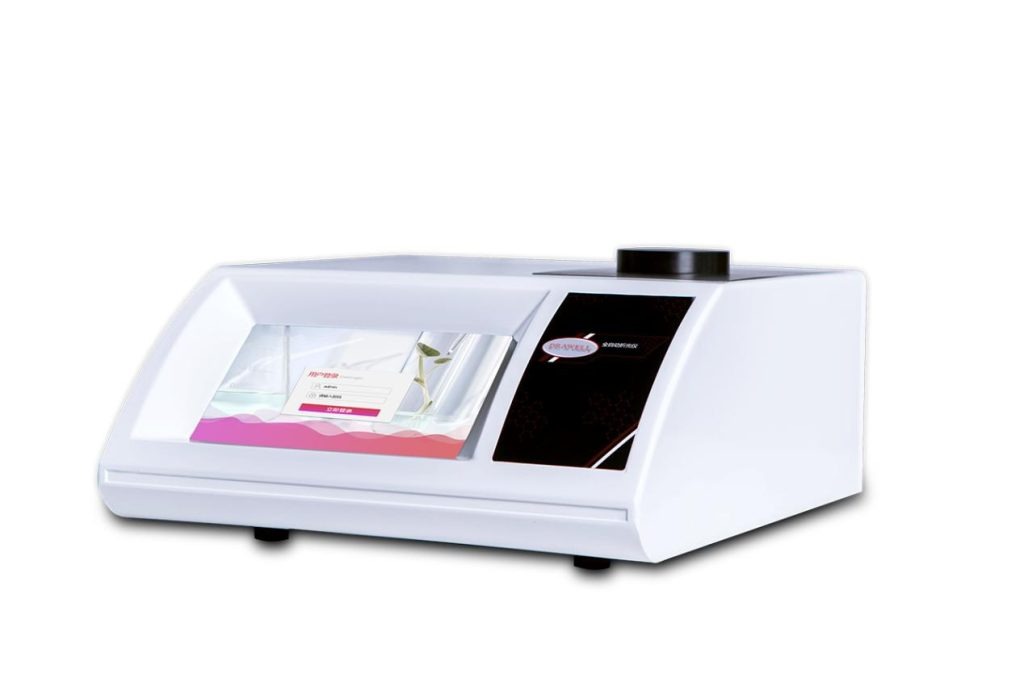
A refractometer is an instrument made by the total reflection method, which is specially used to measure the refractive index of transparent or translucent liquids. Using an Automatic Refractometer to measure the refractive index of liquid to determine its composition is one of the commonly used analyses and detection methods in petrochemical, light industrial food, and other production and scientific research.
What Functions Can the Light Meter Provide Us?
1. With a full-color touch screen and a powerful processor, the menus can be displayed in many different languages. Data can be output through RS232, USB, and Bluetooth, and can be connected to computers and printers, as well as serial output auxiliary items such as barcode readers.
2. Through the LED touch screen, you can switch to 16 different measurement items: Refractive Index, Brix, Temperature Corrected Refractive Index, Temperature Corrected Brix, Zeiss, Butyric Acid, HFCS (42), HFCS (55), Urine Liquid SG, Osler, Baume, Babo, sodium chloride (other measurement items can be added programmatically as needed), etc.
3. The temperature-controlled refractometer has four measurement modes: continuous mode, updated every 2s, and read once; single scan mode, the refractometer waits for a certain preset time, and starts scanning after stabilization; if automatic printing is selected, the refractometer It will be automatically printed within a certain time interval; in stable mode, when the fluctuation of the measurement result is within a certain range (considered stable), the data will be read and output. In the stable mode, the user can set a stable fluctuation range, which also directly affects the measurement accuracy.
4. If necessary, the user can select the keyboard or numeric keyboard for data input. When printing, the time, date, and serial code of the refractometer will be sent to the printer along with the print data instrument.
5. The user can set the upper and lower alarm limits of the temperature-controlled refractometer; the refractometer can calculate the average value, read the standard deviation, and display the data curve in real-time.
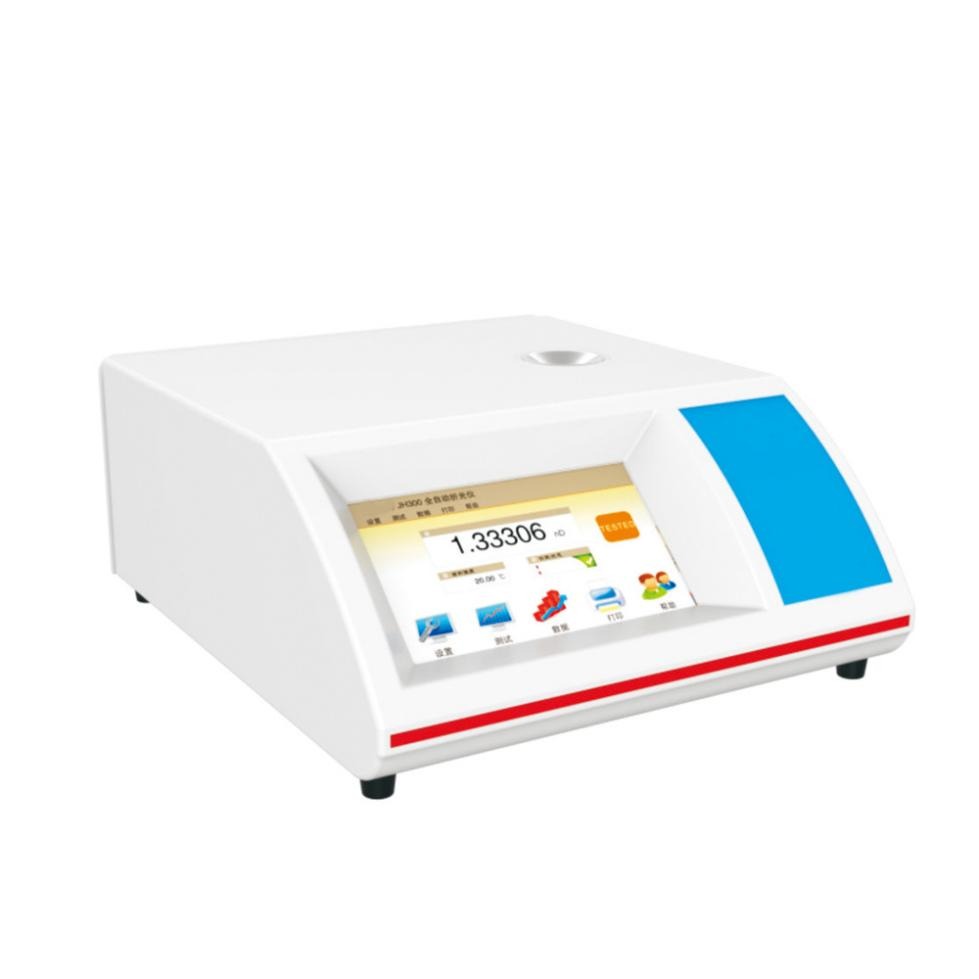
How to Use a Refractometer Correctly?
1. Before starting the measurement, the reading must be checked with distilled water or a standard sample. If using a standard sample, add 1-2 drops of bromonaphthalene on the polished surface of the refractive prism, and then stick the polished surface of the standard sample. When the reading field of view indicates the value on the standard sample, observe whether the light and dark boundary in the telescope is in the middle of the reticle.
2. If there is any deviation, gently turn the screw in the small hole with a screwdriver to deflect the animal lens, so that the boundary image moves to the center of the reticle, through repeated observation and correction. Minimize initial errors in indicated values (including operator aiming errors).
3. After calibration, in the subsequent measurement process, it is not allowed to move this part at will. Generally, calibration of the instrument is not required in routine measurement work. If in doubt about the measured refractive index indication, check as above to see if there is an initial error. If there are any errors, they should be corrected.
4. Before each measurement and calibration of the indicator value, the rough surface of the incident prism, the polished surface of the refractive prism, the polished surface of the standard sample (1:1) and the absorbent cotton must be gently wiped with anhydrous ethanol mixture to avoid leaving Other substances will affect the imaging clarity and measurement accuracy.
How to Maintain the Refractometer?
1. The instrument should be placed in a dry and well-ventilated room to prevent the optical parts from becoming moldy after being damp.
2. When detecting corrosive liquids, clean them in time (including optical parts, metal parts, and painted surfaces) to prevent corrosion damage. The instrument must be cleaned after use.
3. There should be no hard impurities in the tested sample. When testing solid samples, the surface of the refractive prism should be protected from roughness or indentation.
4. Always keep the instrument clean. Do not touch optics with greasy or sweaty hands. If there is dust on the surface of the optic, wipe it lightly with high-grade deerskin or long-fiber absorbent cotton, and blow it off with leather. If the surface of the optical parts is stained with oil, please wipe it with alcohol in time.
5. The refractometer should avoid strong vibration or shock, so as not to damage the parts and affect the accuracy.

